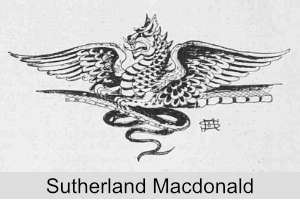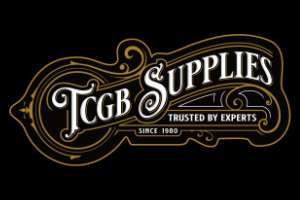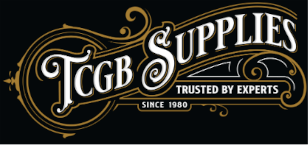
Tattoo Facts - The turn of the 20th century
The turn of the 20th century saw the emergence of some fine tattoo work and some of the most celebrated names in British tattoo history found that tattooing was fast becoming in vogue with the people of the higher class of society. Indeed tattooing at the start of the decade was rather expensive and way out of reach to the more common man in the street, but this all changed when more artists started to use the new electric tattoo machine. But first, we must look at the names that helped push the art of the tattoo further along the road of respectability. The names of W.D. Purdy, Tom Riley, Sutherland Macdonald and George Burchett who were all busy in their pursuit of making tattooing a true art form.
And while they were making their livings in England, the people of the military stock and of the higher classes, including royalty, flocked to places like Yokohama in Japan to sample the needles of master tattooer Hori Chyo. So with ladies and gentlemen of distinction now wearing tattoos (including the new King Edward VII) having travelled before returning to move in London circles with tattoo marks upon them, tattooing over the next few years certainly enjoyed an increase in its popularity. And if Hori Chyo was considered Japan’s best, then it was only fair to say that England had their very own champion, Sutherland Macdonald, whose studio, the Hamman in London’s Jermyn Street, was attracting many members of the nobility. Macdonald specialised in animals and regimental crests as well as superb Japanese-type designs. It can also be said that Tom Riley was equally skilled, and it was thought at one time that every regiment in the British army had a soldier in it with Tom’s work, again regimental crests being the most acquired. Even field Marshall Lord Roberts was so impressed by Tom’s work that he stated that he believed fighting men were “bands of brothers” and to have ones military regalia tattooed on strengthened the fellowship of brotherhood.
Paul Sayce
Copyright


